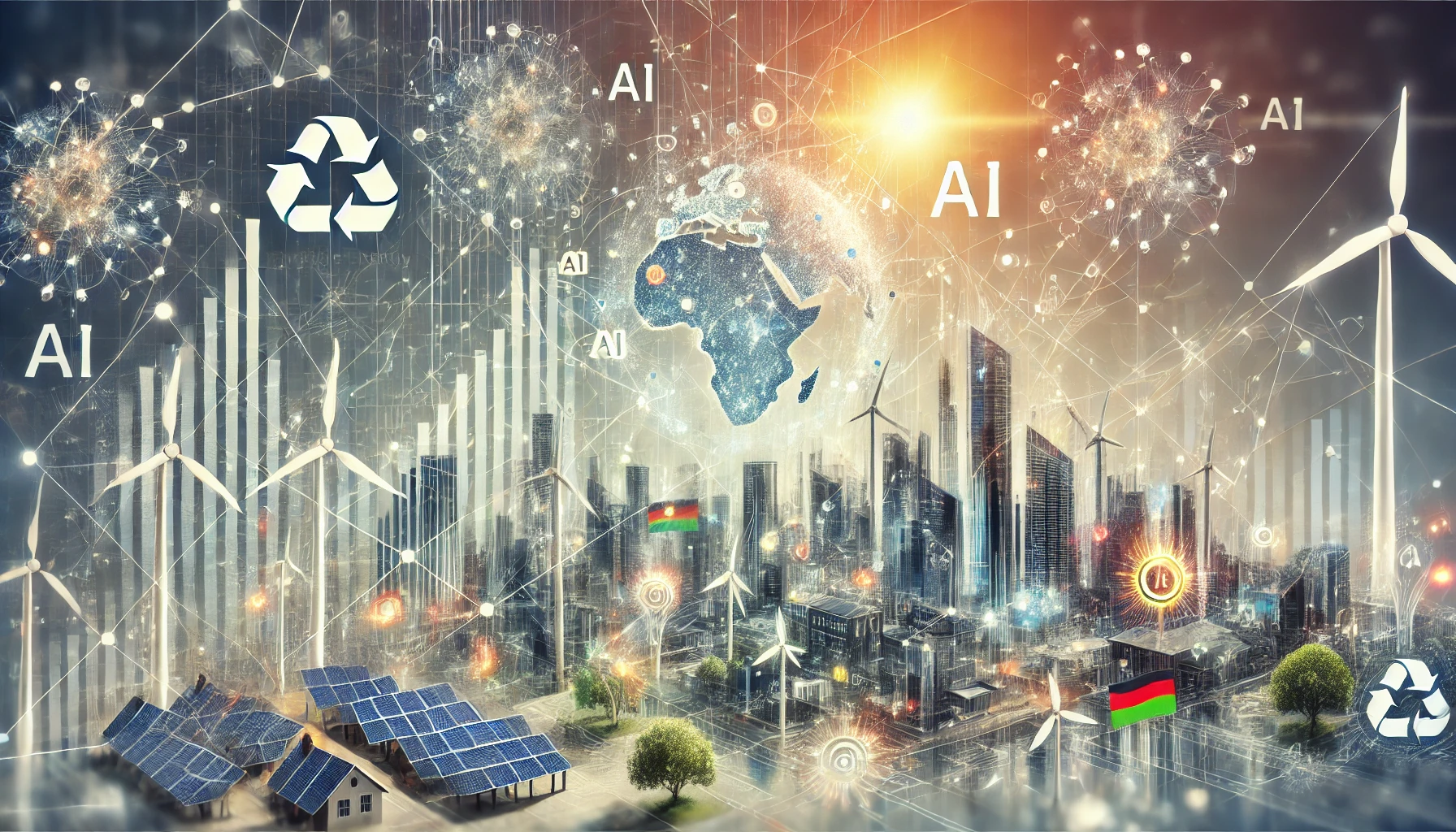AI growth in E-7 economies linked to renewable energy uptake and economic growth
According to the study, energy structure, measured by the share of renewable energy in total supply, and economic growth are the most consistent and positive predictors of AI adoption across all quantiles in the E-7 countries: Brazil, China, India, Indonesia, Mexico, Russia, and Turkey.

Emerging economies are intensifying efforts to adopt artificial intelligence (AI) in a bid to modernize industries, boost innovation, and accelerate economic growth. Yet this transformation is unfolding under the shadow of infrastructure constraints, rising carbon emissions, and institutional bottlenecks. The strategic question facing policymakers: can rapid AI deployment be aligned with long-term sustainability goals?
A new study published in Sustainability (2025), titled “Artificial Intelligence Adoption and Role of Energy Structure, Infrastructure, Financial Inclusions, and Carbon Emissions: Quantile Analysis of E-7 Nations”, investigates this issue across Brazil, China, India, Indonesia, Mexico, Russia, and Turkey. Authored by Shanwen Gu and Adil Javed, the paper analyzes two decades of data using method of moments quantile regression to reveal how energy systems, infrastructure, financial inclusion, innovation, and emissions affect AI adoption at different levels of maturity.
According to the study, energy structure, measured by the share of renewable energy in total supply, and economic growth are the most consistent and positive predictors of AI adoption across all quantiles in the E-7 countries: Brazil, China, India, Indonesia, Mexico, Russia, and Turkey.
A 1% increase in renewable energy share is associated with up to a 0.806% increase in AI uptake at higher adoption levels. This finding underscores the synergistic potential between green energy transitions and technological modernization. Similarly, GDP growth exhibits a robust positive association with AI diffusion, reflecting the reinforcing cycle between economic expansion and investment in smart technologies.
Carbon emissions, however, present a more complicated picture. The study identifies a “J-curve” effect: in the early phases of AI adoption, CO₂ emissions increase, likely due to the energy demands of AI infrastructure such as data centers. At lower quantiles of AI uptake, emissions spur adoption, possibly because environmental strain compels technological solutions. Yet, over time, as AI systems become more integrated and efficient, emissions tend to plateau or decline. This nuanced dynamic suggests that AI can be both a contributor to and a remedy for environmental degradation, depending on the maturity of its deployment.
What role do infrastructure, financial inclusion and innovation capacity play?
Despite the promise of AI, the study finds significant structural barriers to its widespread adoption in E-7 countries. Chief among them is infrastructure. Using a principal component analysis-based index incorporating broadband access, internet penetration, and mobile subscriptions, the study concludes that poor infrastructure consistently exerts a negative influence on AI adoption. At the highest quantile of AI diffusion, a 1% improvement in infrastructure correlates with a 0.720% decrease in AI uptake - a counterintuitive finding attributed to infrastructural mismatches or legacy systems that stifle cutting-edge technological implementation.
Financial inclusion, measured through indicators such as mobile banking and ATM accessibility, similarly shows a negative correlation with AI diffusion. The research suggests that while AI-enabled fintech platforms can theoretically democratize financial access, in practice, low financial literacy, institutional gaps, and uneven digital engagement hinder their full potential in these regions.
Perhaps most strikingly, the number of patents, a common proxy for innovation, also shows a consistently negative impact on AI adoption across all quantiles. This suggests a disconnect between the generation of technological knowledge and its practical commercialization. The study interprets this gap through the lens of institutional co-evolution theory, which posits that innovation must be paired with governance agility and policy support to yield tangible outcomes.
What policy frameworks can bridge trade-offs and maximize AI benefits?
To reconcile the contradictions between AI’s environmental costs and developmental potential, the authors propose a multi-pronged policy framework anchored in the multi-level perspective (MLP) of sustainability transitions. This approach recognizes AI as an agent operating across micro (niche innovation), meso (socioeconomic regimes), and macro (environmental and policy) levels.
Several targeted interventions emerge from the analysis:
- Accelerate Renewable Energy Integration: Governments should prioritize AI-supported renewable projects like smart grids, solar forecasting, and wind optimization systems. These not only reduce carbon emissions but also create a tech-ready infrastructure base for AI.
- Modernize Digital and Physical Infrastructure: Investments must go beyond broadband access to include AI-compatible systems such as edge computing and decentralized data platforms. Infrastructure upgrades should be aligned with AI-specific needs rather than general ICT expansion.
- Bridge Innovation and Implementation: Patent output must be linked to real-world applications. The establishment of sector-specific AI commercialization hubs and incentive schemes for translating research into market solutions are critical.
- Promote Inclusive Fintech with Regulatory Oversight: Policies must ensure that AI-driven financial services are accessible, transparent, and secure. Special attention should be paid to rural populations and digitally marginalized groups.
- Mitigate Environmental Trade-offs: Introduction of carbon taxes and green finance instruments can internalize the ecological costs of AI while incentivizing clean tech development. Additionally, emissions data should be integrated into AI models to foster environmentally responsive systems.
- Foster Regional Collaboration: The study advocates for an “E-7 AI Sustainability Consortium” to harmonize standards, share best practices, and co-develop regulatory frameworks suited to the unique challenges of emerging economies.
- READ MORE ON:
- Artificial intelligence adoption
- AI in E7 nations
- AI and renewable energy
- AI and carbon emissions
- AI and economic growth
- AI sustainability trade-offs
- How renewable energy drives AI adoption in emerging markets
- Carbon emission effects of artificial intelligence integration
- E7 digital transformation
- Sustainable AI policy
- FIRST PUBLISHED IN:
- Devdiscourse










